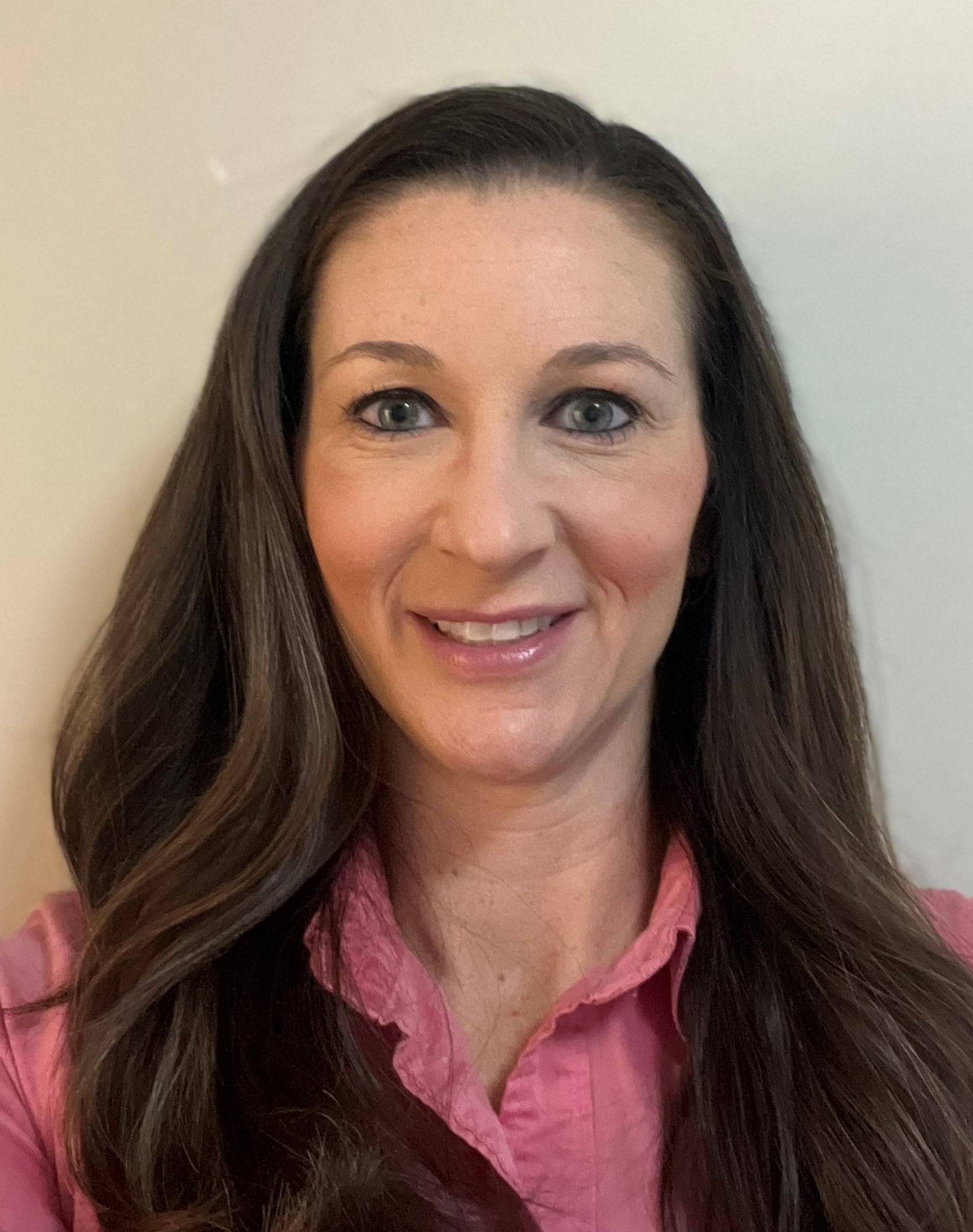
While the New Year brings promise of new experiences and hope for many, those suffering from Seasonal Affective Disorder (SAD), a type of depression, experience this time much differently.
The seasonal change in fall is usually the trigger of SAD, with fatigue, lethargy and depression symptoms often lasting until spring. While for many people it is not unusual to experience temporary feelings of tiredness or stress when the days get colder and grayer, SAD is much more serious. Symptoms are more pronounced and last longer, qualifying SAD as a clinical depression disorder beyond just seasonal blues.
Lindsay Ausburn, behavioral health clinician and crisis program coordinator at Northside Hospital, shares more details and information about SAD, including common symptoms to look out for, how and when to seek out help from a professional, and what possible treatment options are available to help manage SAD.
What is SAD? Is it the same as the winter blues?
Ausburn: While many people can experience a dip in their mood during the colder months, the winter blues are not the same as SAD. SAD is a major depressive disorder with a seasonal pattern such as during the fall and winter. These are recurrent episodes of depression that last for about 40% of the year in individuals.
What are some of the symptoms of SAD?
Ausburn: The symptoms of SAD are similar to those of major depressive disorder. Some symptoms include daytime fatigue, less interest in activities, hopelessness, over-sleeping and over-eating.
How is SAD usually treated?
Ausburn: To be diagnosed with SAD, you have to identify patterns of seasonal depression over several years. SAD can be treated with traditional SSRI medication, talk therapy, cognitive therapy and light therapy.
Are some individuals more likely to develop SAD than others? If so, who and why?
Ausburn: Women are more likely to be affected by SAD than men. Women have higher rates of depression, so they are more likely to develop SAD. Generally, people who have a higher prevalence of being affected by mental health disorders or a history of depression are more likely to be affected by SAD.
Does SAD come back year after year?
Ausburn: Yes. SAD generally comes back every year at the same time.
What should I do if I think I may be experiencing SAD?
Ausburn: If it’s the first time, reach out to a mental health service.
If you or someone you know is in a crisis and needs to speak to someone urgently, please call or message the Suicide and Crisis Lifeline by dialing 988.
If you’re aware of it, when your symptoms start to become more prevalent, try to take some preemptive steps such as starting medicine, talking to a therapist or starting light box therapy.
If you think you or someone you know is experiencing symptoms consistent with Seasonal Affective Disorder or depression, you can call 404-851-8960 for information about Northside’s behavioral health services or to schedule an intake assessment, please email behavioralhealthservices@northside.com.
Find more information on Northside’s Behavioral Health Services.
Learn more about SAD:

